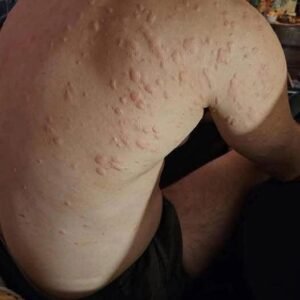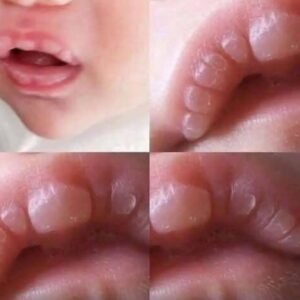When most people think about the early signs of heart trouble, they immediately imagine chest pain, shortness of breath, or sudden fatigue. While these are classic indicators, the truth is your body often sends more subtle warnings long before an emergency strikes—and surprisingly, your feet can play a major role in revealing them. Because the heart and blood vessels are responsible for circulating blood throughout the body, any dysfunction in the cardiovascular system often shows up first in the extremities.
Doctors emphasize that while foot-related symptoms don’t always mean a heart attack is looming, they can signal underlying cardiovascular issues that require attention. By paying close attention to changes in your feet and ankles, you may catch problems early enough to prevent severe complications later on.
Cold Feet or Toes
It’s not unusual to have cold feet during winter, but if your toes remain icy even in warm conditions, poor circulation could be the reason. A weakened or failing heart may not pump blood effectively to the extremities, leaving the feet cold. If this symptom persists and no external factor explains it, it could be an early indicator of compromised heart function.
Swelling in the Feet and Ankles
Edema, or swelling of the lower extremities, is another red flag that shouldn’t be ignored. When the heart can’t pump blood efficiently, fluid tends to pool in the veins and leak into surrounding tissues, creating puffiness in the feet, ankles, or even legs. Many people first notice this swelling at the end of a long day, particularly after standing or sitting for hours. Though swelling can also occur due to kidney or liver issues, in cardiology it’s strongly associated with heart failure.
Skin Discoloration
Healthy circulation keeps skin well-oxygenated and evenly colored. But when blood flow is compromised, changes in skin tone often appear. Blue or purple discoloration in the feet may indicate a lack of oxygen-rich blood reaching the tissues. Pale or whitish skin can also be a warning sign of reduced blood flow. Left untreated, such circulation problems can damage tissues, leading to further complications.
Numbness and Tingling
That “pins and needles” sensation in your feet might be more serious than temporary poor posture. Persistent numbness or tingling can signal peripheral artery disease (PAD), a condition in which fatty deposits narrow the arteries supplying blood to the legs and feet. PAD is a strong predictor of future heart disease or stroke. Tingling that worsens during walking or activity is particularly concerning, as it suggests that blood flow cannot keep up with the body’s demand.
Non-Healing Wounds
If you notice that small cuts, blisters, or sores on your feet heal very slowly—or don’t heal at all—it could be tied to impaired circulation. Without adequate oxygen and nutrients reaching the tissues, wounds cannot repair themselves effectively. For individuals with diabetes, this situation is especially dangerous, as it increases the risk of infection and serious complications. However, even non-diabetics should treat this as a warning sign of possible vascular disease.
Pain While Walking (Claudication)
Cramping or pain in the calves, thighs, or feet that occurs during walking but subsides with rest is called claudication. This symptom usually points to blocked or narrowed arteries in the legs, another hallmark of PAD. Claudication is not just a leg problem—it often reflects arterial blockages elsewhere in the body, including those that supply the heart. For cardiologists, it’s a clear indicator that cardiovascular disease may be advanced.
Why These Signs Matter
None of these foot-related symptoms guarantee a heart attack is around the corner, but they do suggest strain on the cardiovascular system. They could be warning of heart failure, coronary artery disease, or peripheral artery disease—all of which carry serious risks if untreated. The key is that these signs often appear weeks before more dramatic symptoms like chest pain or collapse, giving people time to act.
What To Do if You Notice These Symptoms
If your feet or ankles show unexplained changes—persistent swelling, odd discoloration, coldness, numbness, or painful sores—it’s time to take action. Medical experts recommend:
- Scheduling an appointment with a doctor promptly for evaluation.
- Watching for other heart-related symptoms like chest discomfort, shortness of breath, or dizziness.
- Getting screened for common risk factors such as high blood pressure, high cholesterol, obesity, and diabetes.
- Making lifestyle changes immediately: adopting a heart-healthy diet, quitting smoking, staying active, and maintaining a healthy weight.
The Bottom Line
Your feet may not be the first place you think to look for signs of heart trouble, but they can provide valuable early warnings. From cold toes and swollen ankles to stubborn wounds and walking pain, each of these subtle symptoms can reflect hidden cardiovascular strain. By noticing these signals and seeking medical advice early, you’re not only protecting your feet—you’re safeguarding your heart and potentially preventing a crisis.
The human body is always communicating. Sometimes, the message isn’t dramatic chest pain but the quiet ache in your legs or the lingering coldness in your toes. Listening to these whispers could save your life.





